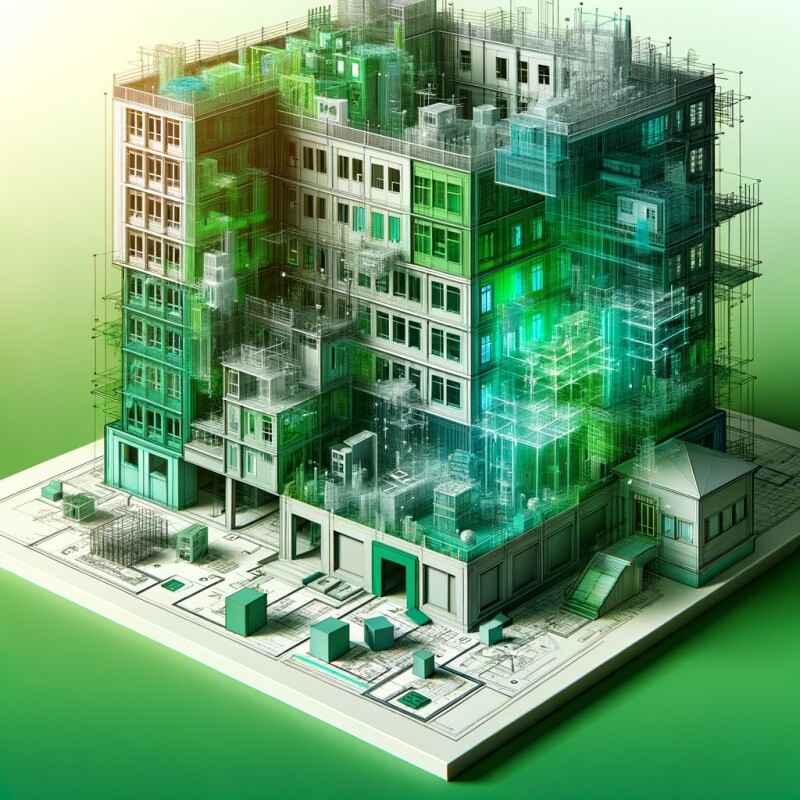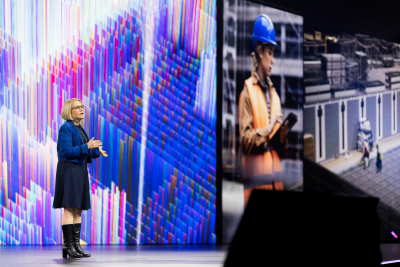The AEC industry is at a fascinating pivot point, trying to solve multiple problems that can sometimes be directly oppositional while at the same time implementing new technology in an industry that has long had the reputation of being averse to these tools. The confluence has led to both stresses for those in the industry, but also more streamlined workflows and new capabilities. Today, as we look at three stories from friends around the AEC industry, we look at some of those problems, new technologies, and how the two areas intersect.
To start off, we look at not only the number one problem in construction right now, but the biggest focus for nearly every industry around the world: Emissions. Climate change is front of mind for the entire planet, and construction is at the center with the built world representing a significant share of harmful emissions. Our first article looks at how the industry can curb its effects on the environment. Secondly, we have a look at a new tool introduced by Autodesk this year. And finally, we have an interview looking at the growing interest around “4D BIM.”
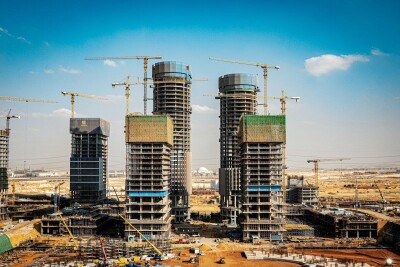
Here’s how we stop the built world from being a contributor to GHG emissions
Catriona Hyland, NewStart
As noted above, the built environment is responsible for a significant portion of emissions around the world, and while some of this is necessary there are ways designers and builders can work to counteract these trends. This article starts by talking about the UK specifically and efforts to promote more usage of heat pumps as a way to reduce emissions. Those efforts have sputtered, per the article, and Hyland goes on to talk about a variety of ways the built world can reduce their emissions. This includes some practical suggestions, including those around worker shortages, and some technology-focused ones, such as taking advantage of the current AI boom.
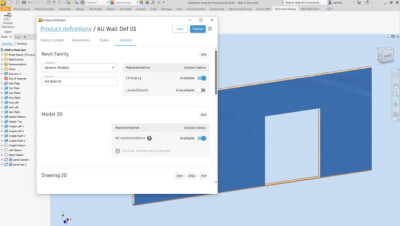
Autodesk Informed Design – a bridge between BIM and MCAD
Martyn Day, AEC Magazine
Among the many companies that are trying to revolutionize the way work in the AEC industry is done, particularly in the design phase, Autodesk has something of an advantage over many of them given their connections to other, similar industries. The company utilized the knowledge of manufacturing workflows, for example, with the recent release of Autodesk Informed Design, which connects BIM software with fabrication software. In this article, Day deep dives into the new release, delving into both the positives and negatives of the release.
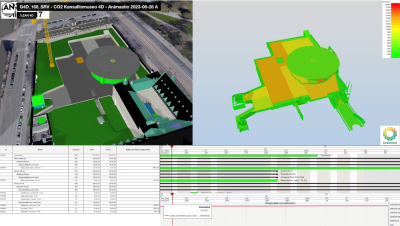
4D BIM for Design – An Interview with Jouni Ojala of Granlund
Aarni Heiskanen, AEC Business
The concept of “4D BIM” is a relatively new one, but something that is gaining traction among some in the industry over the last few years. In the simplest terms, this adds a fourth dimension of time into BIM work, allowing for scheduling and resourcing capabilities. In this article, Heiskanen interviews Jouni Ojala, an expert in the BIM field to talk about the benefits of 4D BIM and where the field could go in the future.


